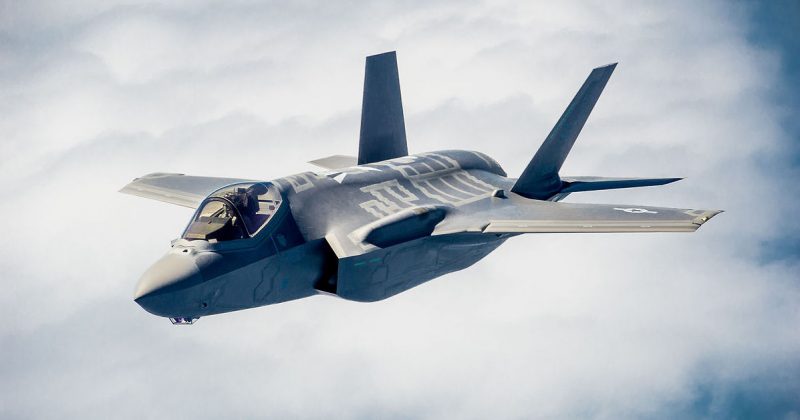Whenever the military develops a new weapon, you can be certain that the media coverage will be negative. They will report on everything showing that the program is behind schedule, over budget, or falling short of expectations. If everything is fine, then the national media won’t talk about it.
That’s why you have not heard much about the F-35 fighter. The new F-35 will replace the Cold War-era aircraft in three of the military branches in the US as well as in the militaries of dozens of allies. The planes are designed to be at least five times better than existing weapons at defeating threats both in the air and on the ground. It’s one of the greatest engineering challenges this generation has seen, Forbes reported.
And it is succeeding. The costs of both the airframe and the engine are decreasing with each new production lot. The Air Force version is expected not to cost more than the planes it is replacing. Each version of the F-35 is delivering on its promises of performance gains in flight testing and operations at eight bases (eventually increasing to 25 bases). Nearly 200 planes have already been delivered. 300 pilots 3000 maintainers have been trained.
In March, Pentagon handlers had this to say in front of Congress: “The F-35 program is executing well across the entire spectrum of acquisition, to include development and design, flight test, production, fielding and base stand-up, sustainment of fielded aircraft, and building a global sustainment enterprise.”
They went on to say that they felt the project was making steady progress overall, and this has now been shown to be correct.
